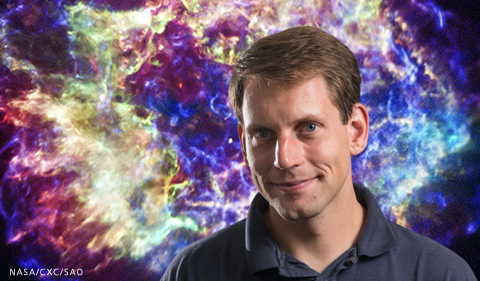The Physics & Astronomy Colloquium Series presents Ryan Chornock, of Ohio University, on “Things That Go “Blink” in the Night”, on Friday, Sept. 27, at 4:10 p.m. in Clippinger Labs 194.

Dr. Ryan Chornock. Photo by Rob Hardin
Abstract: Despite the enormous timescales involved in most of astronomy, some astrophysical objects vary their light output on timescales accessible to humans. These transient and explosive objects are interesting in their own right, but connect to many other fields of astrophysics.
I will discuss the processes by which my group members and I go about figuring out the identities of newly discovered transient objects, studying their origins, and using them as probes of their environments. Time-domain astronomy is one of the fasting-growing subfields of astronomy and the highest NSF priority for ground-based astronomy in the next decade is the Large Synoptic Survey Telescope (LSST), which will provide orders-of-magnitude greater data volume than existing surveys. I will discuss how we can apply some of our lessons learned from current datasets to maximize the discovery potential for the future.















Comments